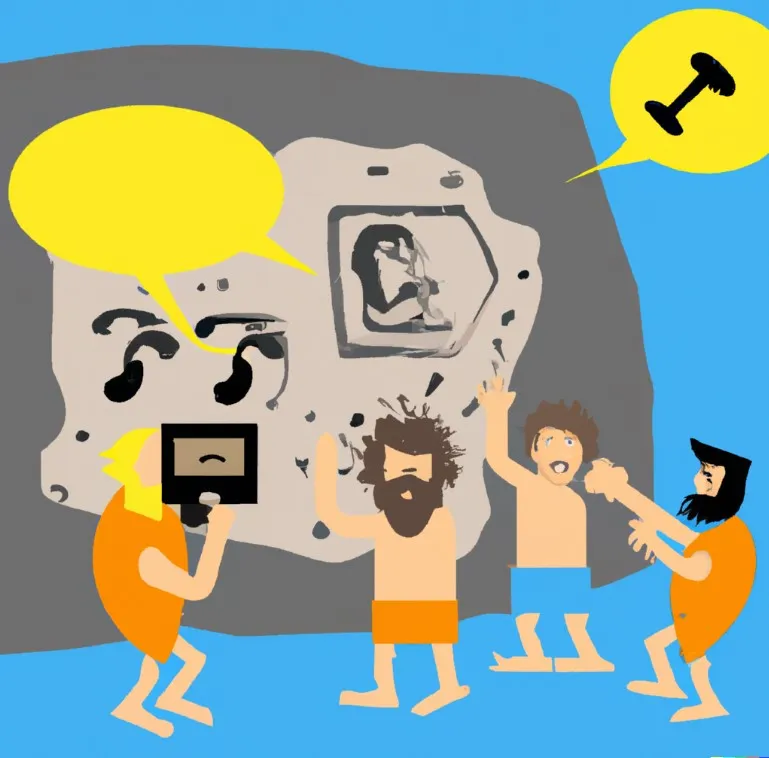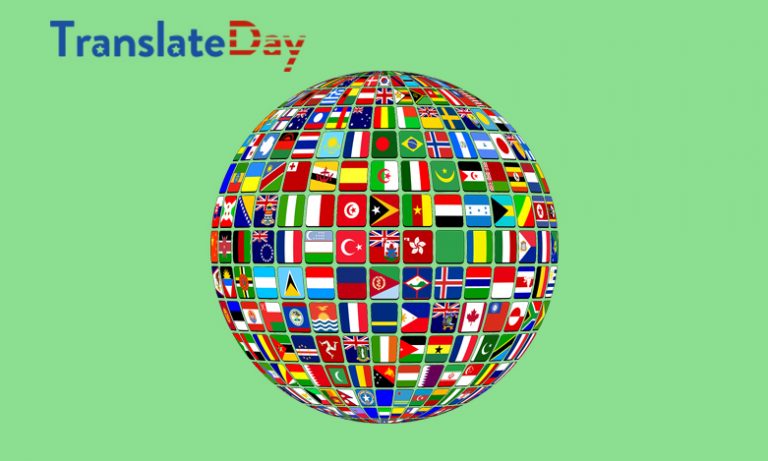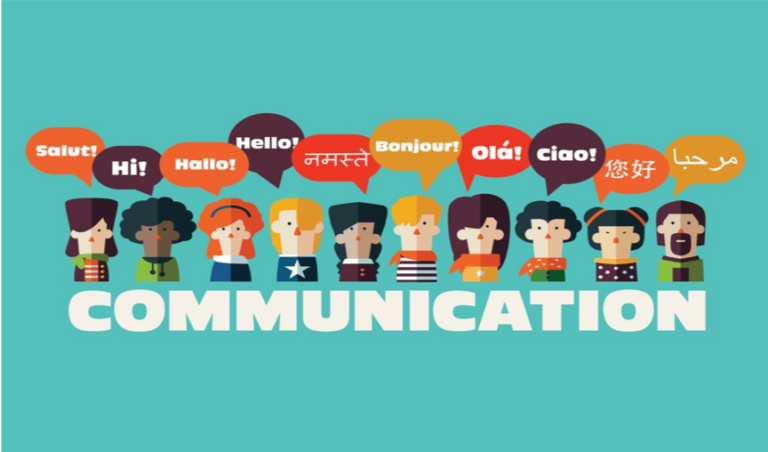Estimated reading time: 7 minutes
If you are willing to learn a new language you should be aware that for certain speakers some languages might be a lot easier to learn than others. At the same time, for some other speaker with different characteristics, that same languages will be a lot harder to learn. This is dependant on so many factors and it finally comes down to each individual speaker, so in this post we will focus on the 7 Most Difficult Languages to learn for the average Native English speaker.

Which is the most difficult language for English Speakers?
As we already mentioned, this question cannot be answered categorically, as it depends on many factors. You should always take into account your enviroment and some personal facts like the number of languages you already know, your place of birth, the region your parents are from…
For this post we will be focusing on the hardest languages to learn for English Language Speakers, mainly because it is one of the most spoken first languages in the world, but do not take this information as a a rule of thumb, as it may not apply for your situation:
1 – Chinese (Mandarin)
Native speakers: 1.3 Billion of which 909 million speak Mandarin
Where is it spoken? – Northern and southwestern China
Chinese is a group of languages spoken by the people of China. The most common form is Mandarin, the most widely spoken language in the world. English speakers find the language very difficult to learn, especially because it is a tonal language. Each sound in Mandarin has four different pronunciations. To make matters worse, the language is rich in homophones (words that sound the same but have different meanings).
Moreover, the long and rich Chinese history has enriched the language with idioms and aphorisms. Most English speakers have cited the language as the most difficult language to learn in the world.

2 – Arabic
Native speakers: 315 Million
Where is it spoken?– Throughout the Middle East and northern and northeast Africa
The Arabic language is a Central Semitic Language. It was first spoken in the Iron Age and has developed into the lingua franca of the Arab world. It is spoken by about 315 million natives around the world. In Arabic, most letters are written in four different forms, depending on where they are placed in a word.
The fact that vowels are not included in the writing makes the language even harder to learn, not only for English speakers, but also for almost any other european language speaker. In addition to that, the language has many different dialects, depending on the geographical area where it is spoken, which .

3 – Japanese
Native speakers: 128 Million
Where is it spoken? – Japan
Japanese is an East Asian language with more than 125 million speakers. It is the national language of Japan. The language is so difficult to learn due to the fact that thousands of characters have to be learned before you can write anything in Japanese. Moreover, the language has three different writing systems: hiragana, katakana and kanji. To make things even more complicated, each of these systems has a different alphabet. Do you still believe that the English language is very complex? Keep on reading!

4 – Korean
Native speakers: 80 Million
Where is it spoken? – North and South Korea
The Korean language is spoken by about 80 million people around the world, making it the largest Language Isolate, or single language family in the world, which is a language that is not a descendant from any other language (do not confuse with isolating language, which is a language in which each word form consists typically of one single morpheme).
It is the national language of both North and South Korea, as well as the official language of two Chinese autonomous prefectures. The language structure of the Korean language is very different from many other languages, including English. For example, if you describe an action in the Korean language, the subject goes first, followed by the object, and the sentence ends with the action. A practical example is a sentence like “I read books” when changed to Korean it is read as follows: “I books read”. This change in sentence structure makes it a very difficult language and often times confusing for native English speakers.

5 – Hungarian
Native speakers: 15 Million
Where is it spoken? – Hungary
Hungary has some of the most difficult grammar rules. Hungarian grammar is built around the case system, there are 18 noun cases that dictate how certain words are combined and inflected. Suffixes dictate tense and possession instead of the word order, which is how most European languages tackle the problem. On top of that, the hungarian language has several vowels and consonants that can prove tricky for English speakers to articulate.

6 – Finnish
Native speakers: 6 Million
Where is it spoken: Finland
Like the Hungarian language, Finnish takes complicating grammar to new heights. While the lettering and pronunciation are similar to English, the grammar more than makes up for any similarities elsewhere. The 15 grammatical cases in Finnish make it a challenging language to learn as the smallest change at the end of the word can significantly change its meaning. Case endings are added to word stems as suffixes and are used to express the same things that prepositions express in English.

7 – Xhosa
Native speakers: 8 Million
Where is it spoken? – South Africa, Zimbabwe and Lesotho
Xhosa is one of many African languages that uses click consonants. It has 18 clicks that get articulated in three different places: the back of the teeth, the roof of the mouth, and the side of the mouth. Xhosa has a larger-than-average record of phonemes; which is mainly what sets it apart from other languages. The language has more than 100 consonants including clicks (the specific amount hasn’t been declared)—English, in comparison, only has about 45—and over 40 vowels.
Xhosa also uses two tones (high and low). Linguists believe that it has the largest sound inventory of any language in the world.
Fun fact! It’s the mother tongue of both Nelson Mandela and former President Thabo Mbeki.
Despite the fact that multiculturalism has fostered the subsistence of minority civilizations, there are cultures that disappear. This means that ancient customs and languages are at risk of fading.

Conclusion – Every language is difficult to learn, but not if you work hard!
Learning a new language is an opportunity to broaden our minds. It can also be very satisfying but like every new skill; practice, hard work and dedication is required! Currently, we all have tools that make it easier for us to learn languages from home while being comfortable and the online world brings us closer to the languages that interest us the most no matter where we are.
Thanks for staying until the end! If you enjoyed this article, please refer to our blog for more free articles on language learning, translation services, translation techniques and many other topics.
TranslateDay provides legal document translation for all kinds documents. It has been able build an untarnishable trust with their prompt and accurate interpretation. It has become a fast rising player in the translation industry. We employee only the most experienced translators to bring clients a thorough translation with a touch of expertise.






